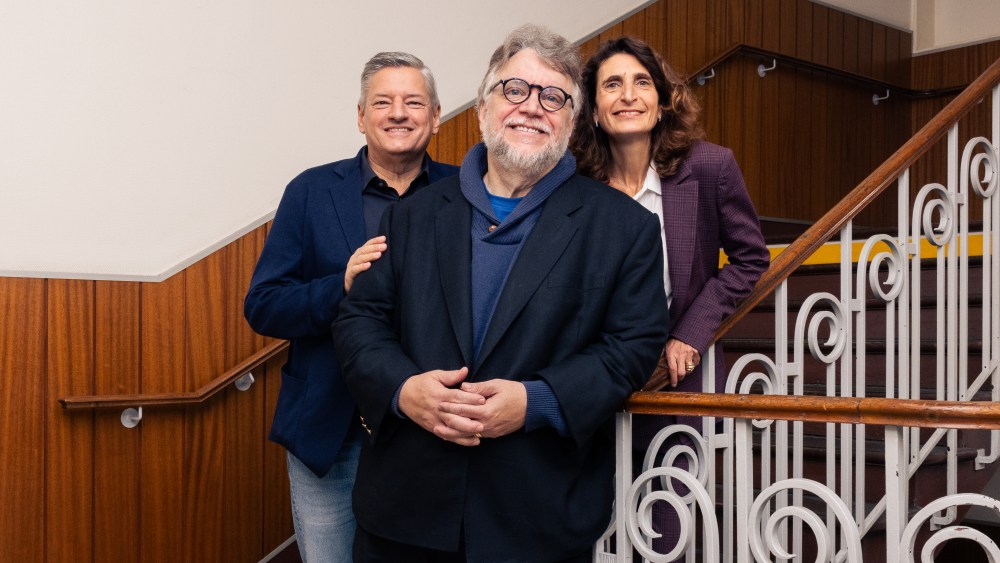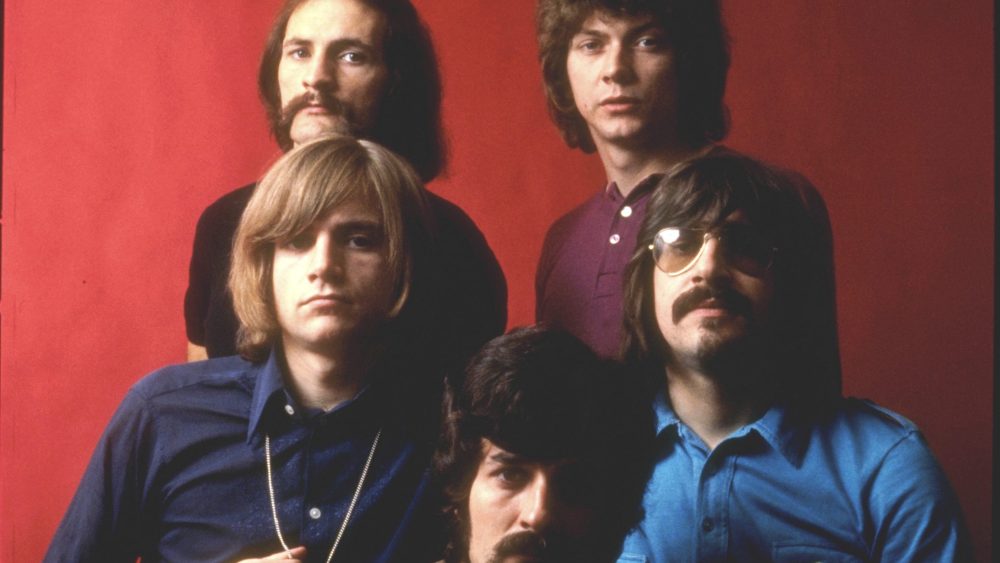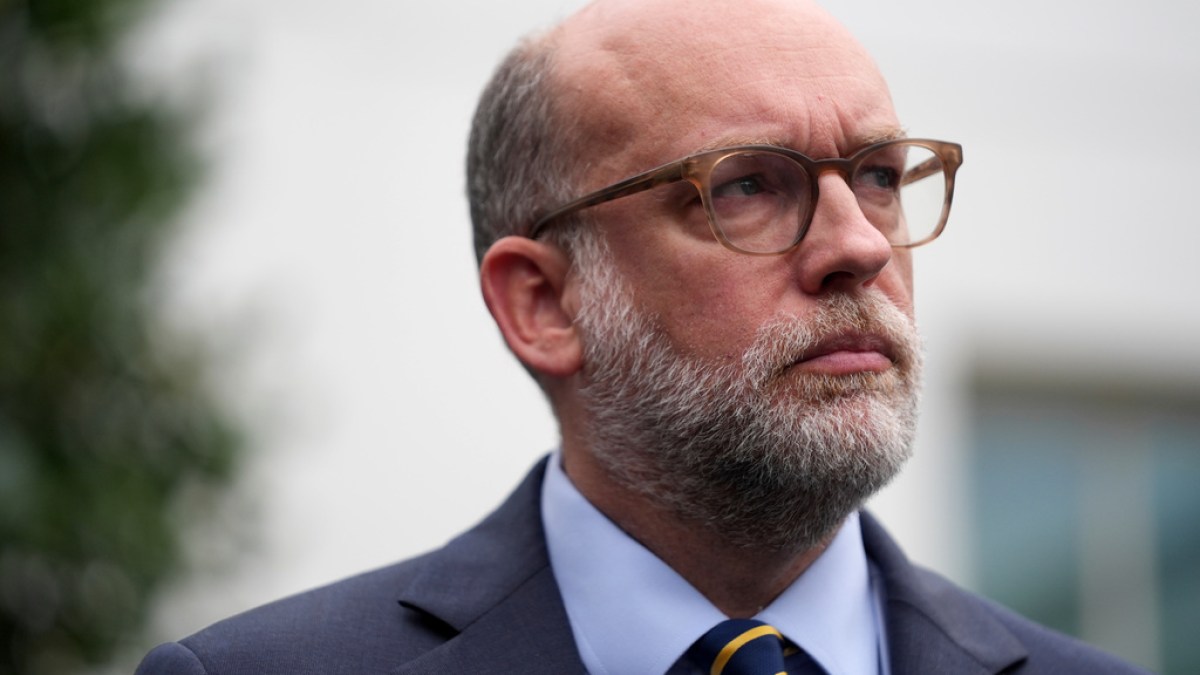In 2009, the Canary Islands Parliament designated the audiovisual sector a strategic industry. 15 years later, the region has evolved from a destination for “film tourism” into one of Europe’s fastest-growing centers for visual effects and virtual production.
Backed by the islands’ 50% tax rebate and the 4% corporate rate under dispensations of the Canary Islands Special Zone (ZEC), the sector has moved from service work to full-cycle capabilities, a transition that is beginning to reshape how international productions plan pre and post-production in the region.
“Tourism is still the backbone of our economy, but it’s volatile,” said Pablo Hernández, President of the ZEC. “Our approach was to diversify; first live action, then animation, and now VFX. Each layer adds new technical capacity and stability.”
A New Industry Layer
Hernández traces the evolution directly to the animation boom. “Some artists shared skills between animation and VFX,” he explained. “That overlap, plus growing technical education, created the conditions for VFX to take off.”
Among the early pioneers was Flaming Frames, founded by Ignacio Caicoya, who originally arrived to open a branch of Spanish powerhouse El Ranchito. “I fell in love with the Islands,” Caicoya told Variety. “We started small — literally from my kitchen — and grew naturally, one project at a time.”
Flaming Frames’ breakthrough came with “Stags,” shot in Tenerife, followed by Anthony Horovitz show “9 Bodies in a Mexican Morgue,” for Eleventh Hour Films. “That one pushed us,” Caicoya said. “We handled the full 3D pipeline — plane crash, environments, explosions — and it proved we could deliver complex work entirely in-house.”
Around a dozen VFX studios now operate across Tenerife and Gran Canaria, including 22Dogs, Orca Pictures, and Poland’s Platige Image, which recently established a team on the islands to service a major Hollywood production. Hernández notes that seven companies are now registered within ZEC, benefitting from reduced corporate taxes and access to the islands’ generous rebate.
Infrastructure Catching Up, Such as LED
If VFX once followed productions off the islands, that may now be about to change. In Gran Canaria, public investment has delivered one of Europe’s largest LED volume stages, adding a new layer of capacity for in-camera visual effects.
Built in just 18 months and financed through Spain’s national audiovisual hub program, the facility represents the island government’s bid to close the circle between live action, VFX, pre and post. “We didn’t just want soundstages,” said Nuria Guinnot, coordinator at the Gran Canaria Film Commission. “We wanted high-end digital infrastructure LED, mocap, digital labs that let productions do everything here.”
Her colleague Miguel García, who oversaw the technical build and project manages the facility, added: “We benchmarked against the biggest volumes in Germany and the U.K. The result is an 8-meter-high, 40-meter-wide curved wall, two movable ceilings, and the same LED processing quality used on top-tier features.”
The first major shoot “The Beast,” directed by Renny Harlin and starring Samuel L. Jackson, tested the system late last year. “It proved that we can host international productions at a very high level,” Guinnot siad. “The next step is to make sure local companies and crews grow alongside it.”
That public-private balance is deliberate. “We don’t want to replace local service companies,” García explained. “Our role is to build what small companies can’t — the high-capital infrastructure — and then let them run it and learn from each production.”
Maria Rua Aguete, head of media and entertainment at Omdia sees the region’s combination of incentives, competitive costs and expanding technical capacity as increasingly attractive. “Productions are choosing the Canaries not just for their locations but for growing technical sophistication and a skilled workforce that can deliver high-quality work in a more measured market,” she told Variety.
“What’s compelling is the blend of cutting-edge digital artistry with the islands’ diverse natural landscapes — it’s a formula for visually distinctive content that stands out in an increasingly crowded marketplace,” she added.
A Community Approach
The island’s compact scale has fostered ongoing collaboration between companies. “There’s a strong sense of community here,” Caicoya says. “We help other studios when workloads shift — it’s healthy. The industry is still small enough that everyone knows each other.”
That culture extends to training. Local technical schools now include VFX at professional colleges such as CIFP César Manrique with modules delivered by the likes of Spain’s Voxel School have begun offering practical virtual production and digital arts programs co-funded by the island councils.
“We take interns from these courses and train them on real projects,” Caicoya said. “It’s harder to find senior people, but we’re slowly building a base of artists who can grow within the studios.”
Technology on the Horizon
Beyond infrastructure, the Canary Islands are now home to startups pushing the boundaries of image science and virtual production. One standout is Volinga AI, a Tenerife-based spin-off from the Arquimea Research Center that bridges scientific research and entertainment technology. Its software transforms real-world locations into photoreal 3D environments using advanced Gaussian Splatting techniques.
“Volinga’s mission is to unlock creativity by removing technical barriers,” the company says. Its tools, already used by studios such as Paramount Pictures, Netflix and Amazon, enable productions to recreate real environments much faster and at a fraction of the cost of many of the alternatives. A recent example: Brazil’s 555 Studios cut its virtual-environment build time by more than half after adopting Volinga’s suite.
Another company, Wooptix, with significant backing, having raised over €10 million ($11.7 million) in a Series C round led by Samsung Venture Investment, with support from Intel Capital, SETT, and others has developed effective wavefront phase imaging. The technology captures not just how much light arrives as a standard camera would, but how the wavefront has been changed, essentially a 3D map of the light field. There is excitement about its application for productions. These companies origins in research highlight a wider trend Hernández sees emerging: “The Canaries are merging technology and cinema in a way few regions can; where scientific innovation directly feeds the film industry.”
From Incentive to Innovation
For all the investment and optimism, challenges remain. Caicoya notes that VFX still falls under Spain’s higher minimum spend threshold for tax rebate eligibility, unlike animation and post-production. “That makes it harder to attract projects based solely on VFX,” he said. “But awareness is improving, producers are starting to realize they can finish entire sequences here.”
The region’s greatest asset may simply be time. “We grew from a handful of people to a network of studios and now full infrastructure,” Hernández said. “What’s unique is that it’s all happening almost at once — training, tech, and production capacity evolving together.”
Guinnot sees a broader mission. “We want to democratize access to virtual production,” she says. “You shouldn’t have to go to L.A. or London to learn these tools. We want the next generation, whether they’re from here or from abroad, to see the Canary Islands as part of the future of filmmaking.”
















Leave a Reply